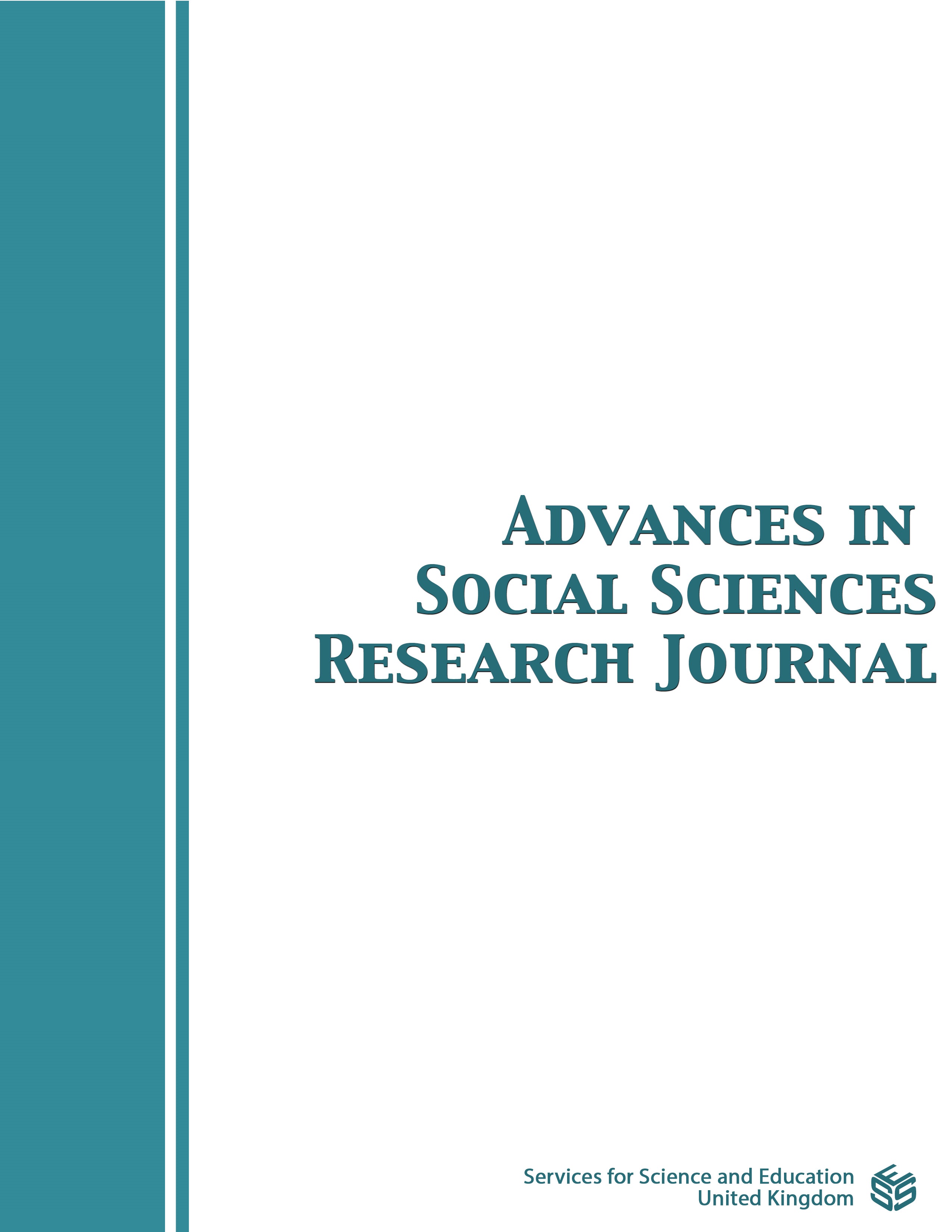Cervical Cancer Screening: Integrative Review of National and International Guidelines
DOI:
https://doi.org/10.14738/assrj.1012.15936Keywords:
cervical cancer, guidelines, screening, HPV.Abstract
Cervical cancer is one of the most preventable and treatable malignancies, yet it still has high incidence and mortality rates, especially in less developed countries. Despite this, vaccines against HPV (the main cause of cervical cancer) are effective and promote a significant reduction in infections and neoplastic lesions of the cervix, as well as the early detection of HPV with or without its initial lesions. This paper is an integrative review, with the aim of demonstrating the main national and international guidelines for the diagnosis of HPV. Using the databases PubMed, MEDLINE, and SciELO, a search was carried out using the descriptors "Cervical Neoplasms", "Screening" and "Guidelines", selecting at the end 12 articles. The results showed that the recommendations for the early diagnosis of HPV have undergone several strategic changes over time, especially on the following points: use of co-testing (combined test with cytology and HPV test) and self-test. Previously in other countries, only cervical cytology (Pap smear) was offered. However, cervical cytology has to be repeated frequently due to its limited sensitivity and reproducibility and, even though it is freely available, studies point to the difficulty of achieving and maintaining diagnostic coverage for cervical cancer. Among the factors hindering success is health illiteracy, which is mainly due to social inequality and the lack of educational actions by the government, demonstrating the need to plan effective strategies in this regard.
Downloads
Published
How to Cite
Issue
Section
License
Copyright (c) 2023 Mayra Alencar da Silva, Maria Claudia Pereira Corrêa, Elizabeth Bacha

This work is licensed under a Creative Commons Attribution 4.0 International License.
Authors wishing to include figures, tables, or text passages that have already been published elsewhere are required to obtain permission from the copyright owner(s) for both the print and online format and to include evidence that such permission has been granted when submitting their papers. Any material received without such evidence will be assumed to originate from the authors.






